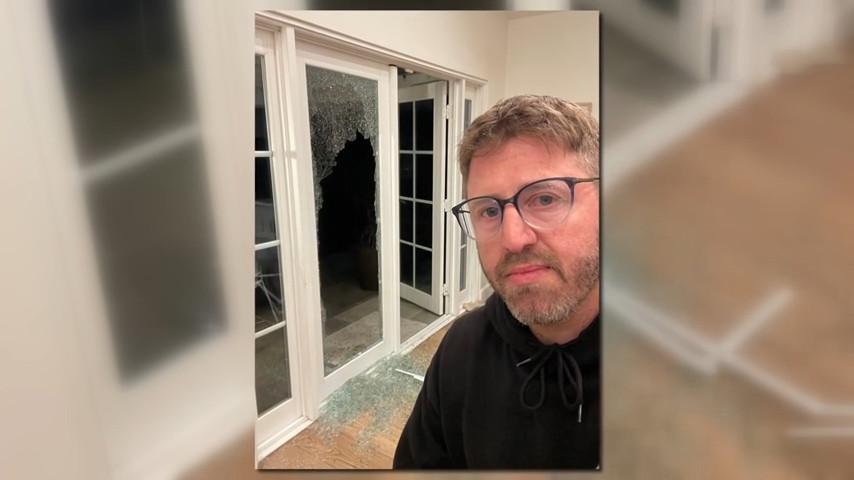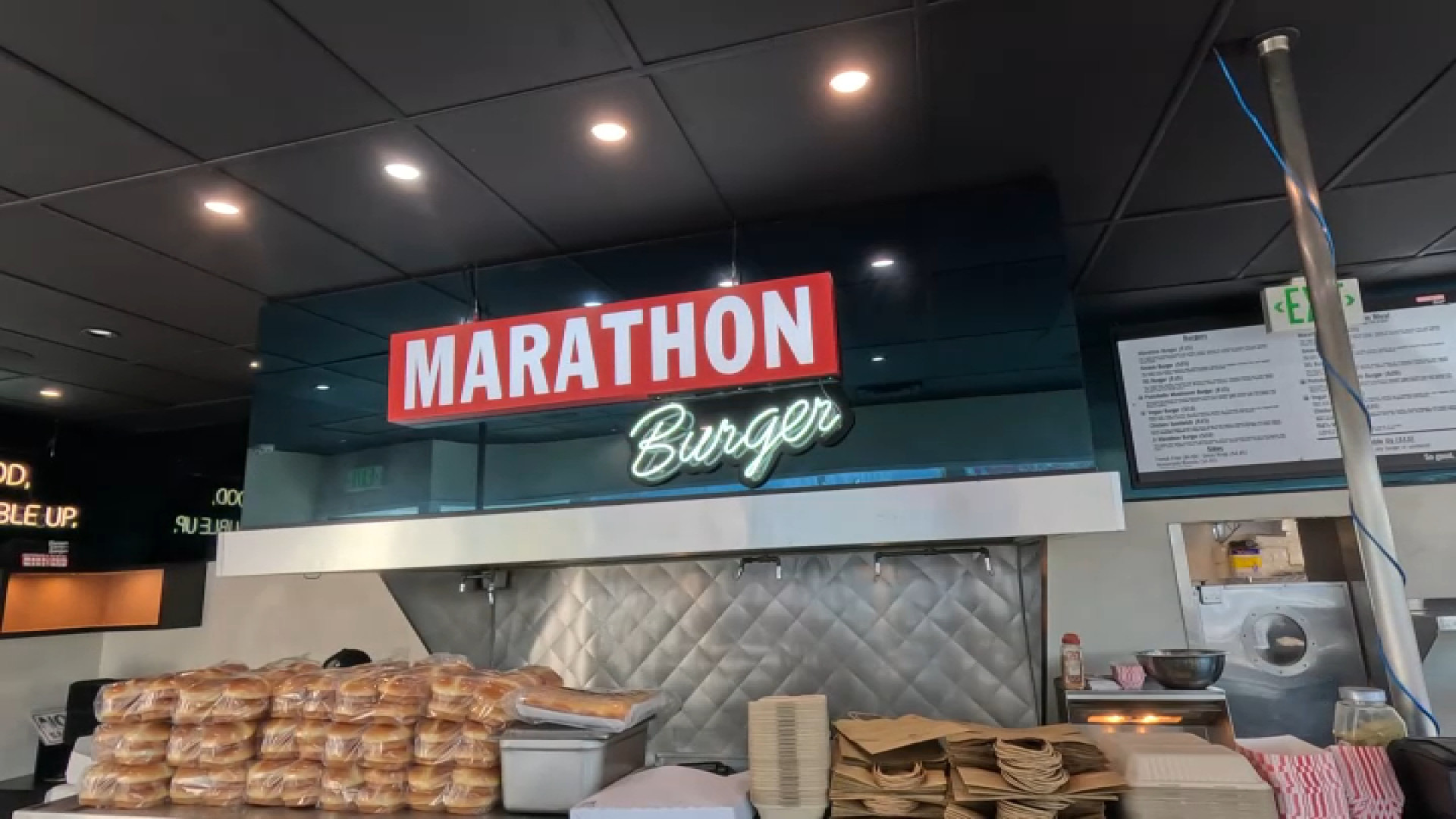A stretch of Figueroa Street in South Los Angeles, an area densely populated with churches and schools, has become a hotspot for human trafficking. Federal, city, and county officials have responded by launching a comprehensive initiative to combat this exploitation, authorities announced on Wednesday.
The Figueroa Corridor Human Trafficking Initiative is designed to target sex traffickers who prey on vulnerable individuals, including girls as young as 11. These traffickers utilize violence, intimidation, and psychological manipulation along the Figueroa Corridor, a 3.5-mile section of Figueroa Street situated between Gage Avenue and Imperial Highway, explained U.S. Attorney Martin Estrada. He stood alongside Los Angeles Mayor Karen Bass, Los Angeles Police Chief Dominic Choi, Los Angeles County District Attorney George Gascón, and Los Angeles City Attorney Hydee Felstein Soto during the announcement.
‘Outdoor Bordello’ Conditions Plague Figueroa Corridor
The Figueroa Corridor has been a persistent problem for the community, impacting both local businesses and residents for many years, according to U.S. Attorney Estrada.
“Within this area, we have 23 churches and five schools ranging from middle schools to elementary schools. Tragically, this same area has become ground zero for human trafficking, where the exploitation and abuse of children and women occurs daily,” Estrada stated.
The situation along the Figueroa Corridor is described as dire. Estrada detailed how young girls and women are coerced into commercial sex work even during daylight hours. As night falls, the area transforms into what he termed an “outdoor bordello.”
“We witness underage girls walking the streets in minimal clothing, irrespective of the weather, with pimps closely monitoring them from nearby cars,” he described, painting a stark picture of the exploitation.
Local News Coverage
For the latest local news in Los Angeles, including updates on crime, entertainment, weather, schools, and the cost of living, residents can rely on local news sources for up-to-date information.


Through the Figueroa Corridor Human Trafficking Initiative, Los Angeles authorities are working in close collaboration with federal investigators. The primary objectives of this joint effort are to identify individuals involved in human trafficking, apprehend them, and ensure their prosecution under the law.
Foster Children Increasingly Targeted in Sex Trafficking Schemes
Recent arrests and indictments highlight a disturbing trend: traffickers specifically target vulnerable foster children. In one case, two individuals are accused of manipulating a 13-year-old girl residing in a group home into prostitution.
According to the U.S. Attorney’s Office, Nanci Jasmin Castillo, 31, and Jonathan Gonzalez-Reyes, 38, both from Anaheim, initially befriended the young teen by providing her with alcohol. They then allegedly subjected her to sexual assault, filming and photographing the assault.
The collaborative efforts between federal and Los Angeles agencies have also resulted in the conviction of Donavin Dwayne Brandford, 33. Brandford is now serving a life sentence in federal prison after being found guilty of recruiting teenage girls from group homes and coercing them into prostitution along the Figueroa Corridor and in other locations.
Victims as Young as 11 Years Old Exploited in Trafficking
Mayor Bass expressed her support for the multi-agency initiative and its aim to address the long-standing problem of human trafficking along the Figueroa Corridor. She emphasized that many victims are young girls who have already experienced abuse and neglect within their families before entering the foster care system.
“The common entry age for girls into trafficking is around 12 years old,” Mayor Bass stated. “With the implementation of this initiative, I am confident that we can effectively bring an end to this scourge.”
She commended the federal and local authorities for acknowledging the young girls on Figueroa Street as victims of trafficking.
“I was particularly encouraged to hear officers referring to these children as trafficking victims. This reflects a significant cultural shift,” Bass remarked. “It has taken considerable time for society to recognize these girls as victims rather than criminals, and to understand that this situation represents a failure on the part of our society.”
LAPD Chief Choi revealed that in the preceding six months alone, Los Angeles Police officers have rescued 84 minors from the Figueroa Corridor area, including one child as young as 11 years old, underscoring the severity and urgency of the problem on Figueroa Street.
Community Concerns Rise Over Public Indecency and Child Safety
Residents living near the Figueroa Corridor have voiced increasing concerns about the open prostitution in their neighborhood. One resident, Helen Elaine Lee, expressed her growing anxiety as her 5-year-old daughter gets older and becomes more aware of her surroundings.
“My child couldn’t play outside freely because of the possibility of encountering someone naked on the street,” Lee explained, highlighting the distressing impact on the community.
Lee further noted that as her daughter matures, she is beginning to ask questions about what she witnesses in their neighborhood.
“She would see young individuals, perhaps resembling her niece or younger cousins. Now, she is questioning why these girls are walking down the street dressed in such a manner, asking, ‘Isn’t that attire meant for swimming pools or the beach?’” Lee recounted, illustrating the difficult conversations and unsettling realities faced by families living near Figueroa Street.
